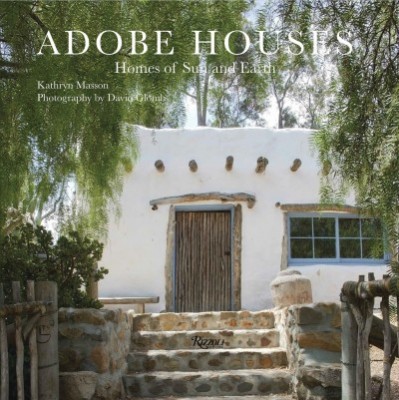| Adobe Houses: Homes of Sun and Earth Contributor(s): Masson, Kathryn (Author), Glomb, David (Photographer), Jackman, Jarrell Clark (Introduction by) |
|
 |
ISBN: 0789335735 ISBN-13: 9780789335739 Publisher: Rizzoli International Publications OUR PRICE: $17.98 Product Type: Hardcover - Other Formats Published: October 2018 * Not available - Not in print at this time * |
| Additional Information |
| BISAC Categories: - House & Home | Decorating & Furnishings - Architecture | Interior Design - General - Architecture | Buildings - Public, Commercial & Industrial |
| Dewey: 721.044 |
| Physical Information: 1.2" H x 10.1" W x 10.1" (3.48 lbs) 240 pages |
| Descriptions, Reviews, Etc. |
| Publisher Description: Alluring adobe-brick houses of California here hint at the charms of a bygone age while offering, at the same time, a vision for home today. Adobe residences from the Spanish and Mexican eras were the original California houses. Architects, designers, builders, and homeowners today, as in the past, look to their simple, utilitarian features--such as plain, whitewashed walls, beamed ceilings, and intimate open-air courtyards--and try to emulate their forms to capture the charm of a romanticized past. Leading architects of style movements such as the Spanish Colonial Revival traveled to California and studied its extensive eighteenth and nineteenth century adobes firsthand as the foundation of their education in California architecture. Made of earth and organic matter, such as straw, adobe is among the oldest of building materials and has been used throughout the world. From the 1770s to the present, adobe buildings such as churches, forts (presidios), mills, residences, warehouses, and stores have been a most important and informative part of California's architectural heritage. Adobe Houses presents twenty-three homes, made from adobe, showing interiors and gardens from these often quiet masterworks, ranging from Casa Boronda of 1817 in Monterey to Casa del Oso, a contemporary manifestation, built in Santa Barbara in 2000 that reveals the intriguing range of possibilities available to us when building in this traditional form today. |